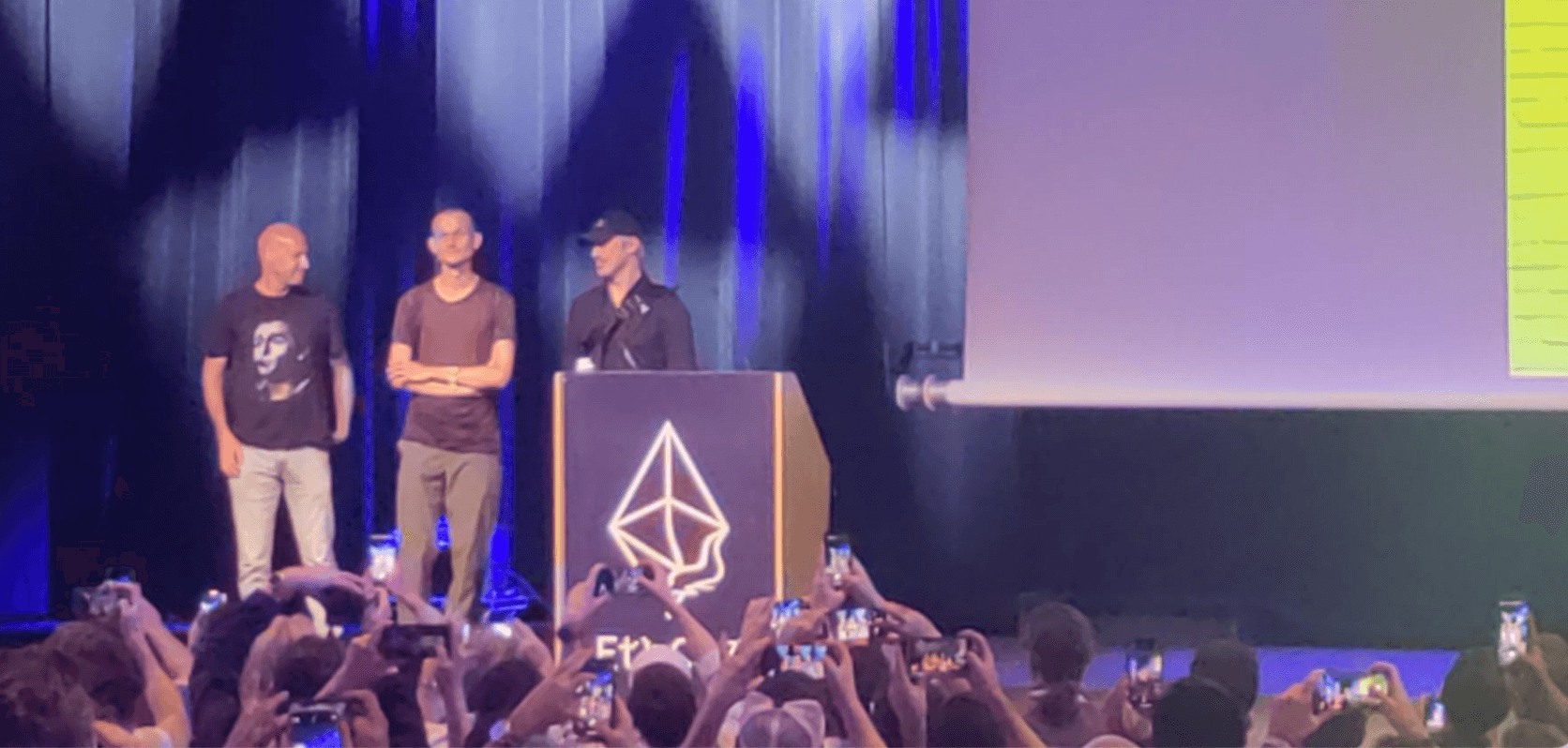How to Simplify Your Node Management with ICP Push Metrics: An Interview
October 21, 2024
–
3 min read
News
Zondax engineer Raul introduces ICP Push Metrics, a project simplifying ICP node management by enabling nodes to push metrics securely without firewall changes. Learn how this innovation improves security and efficiency, and explore its potential impact on the ICP developer community.

Zondax has a long-standing relationship with the Internet Computer Protocol (ICP), and we're excited to share one of our latest developments: ICP Push Metrics. To give you a deeper understanding of this project, we sat down with Raul, a blockchain engineer at Zondax who has been deeply involved in the initiative.
Here’s what Raul had to say:
Q1: Raul, what is the purpose of this project?
Raul: Our project aims to tackle some key limitations in how ICP nodes handle metrics. Traditionally, these nodes rely on a pull-based approach, which requires firewall reconfigurations and external IP management. These steps not only complicate the process but can also introduce security vulnerabilities. Our solution? We modified the IC node source code so that nodes can push metrics directly. This eliminates the need for firewall adjustments, offering a more secure and streamlined way to access node metrics. It's also worth noting that Zondax is the first external contributor to the IC Node.
Q2: That sounds great, but I'm curious, what sparked the idea to develop the project?
Raul: The idea came up during an event in Zurich. We noticed that ICP nodes lacked easy access to metrics—everything was being done through a pull-based method, which posed a significant challenge for developers. The reliance on modifying firewalls was a big red flag in terms of security. That’s when we realized there was a clear need for a push-based approach, which would be both safer and more efficient. Fast forward, and here we are with ICP Push Metrics.
Q3: What unique benefits does this work bring to the Internet Computer ecosystem?
Raul: This project will particularly benefit IC Node providers by helping them get metrics in an easy and secure way. We plan to open source the project and share it with the community. We will add in our documentation a description about the work accomplished.
Q4: How do you plan to continue building on your project once the grant funding is over?
Raul: After the grant is completed we could gather feedback from the community to identify additional areas for improvement and new feature requests.
Q5: How do you plan to attract the community to use what you are building?
Raul: We plan to actively promote our work on popular ICP forums, social media channels, and community platforms like the DFINITY Developer Forum to reach a broad audience. We also aim to use the IC Network to share updates, engage with community members, and build awareness about our project.
Q6: Where do you see your project in the next 12 months?
Raul: We aim for our solution to be widely adopted by ICP Node providers, significantly enhancing their ability to access and utilize better metrics. Node providers will have improved tools for metrics and monitoring, leading to better network performance, reliability, and security.
Q7: Lastly, what is this milestone about? And why should the community pay attention to it?
Raul: This milestone is significant because we’re making it publicly available. It includes a demo that the community can explore and provide feedback on. It’s not just about validating our idea—it’s about offering a solution that the ICP community can adopt for their own developments. We’re excited to see how this project can benefit others and shape future ICP node management.
A big thanks to Raul for taking the time to walk us through ICP Push Metrics. We’re excited to see how developers in the community will implement this solution and push the boundaries of what's possible within the ICP ecosystem.
We’re confident there are many more contributions to come that will continue to shape and improve ICP for everyone.
Stay tuned for more updates, and don’t forget to check out the demo—your feedback could be the key to the next big breakthrough!
Read More
Filecoin Network v27 “Golden Week” Upgrade: Here's What to Expect
Get ready for Filecoin’s next step forward: NV27 “Golden Week”. Going live Sept 24, it strengthens miner security, streamlines sector operations, and improves developer tools. Upgrade to Lotus v1.34.0 today.
Wrapping Up the Year: Zondax 2024 in 12 Highlights
As 2024 ends, Zondax celebrates milestones like the Polkadot Universal App, Paseo upgrades, and Orbit events. From groundbreaking tools to community growth, we're excited for innovation in 2025!
Fil Madrid: A collaboration between Zondax and Filecoin Foundation
Zondax and Filecoin Foundation's event in Madrid drew blockchain enthusiasts to explore Filecoin's technology and the future of web3
Other Articles

July 18, 2024
Brussels hosted key Web3 events, highlighting progress in UX, AI integration, and blockchain innovations from Polkadot Decoded and Fil Brussels, aiming for a user-friendly Web3 future.

Security
December 12, 2024
The new Zcash Shielded App is now available, but Ledger support is limited to a ZecWallet fork by Zondax.This guide details steps to integrate Ledger into wallets like Ledger Live, Zingo, YWallet, Zashi etc.

News
November 4, 2024
LaBitConf set the stage for our side event with Filecoin Orbit at Crypster Club. Nearly 50 attendees enjoyed Web3 talks, games, and Argentine treats like fernet and medialunas. Insights from Filecoin and Zondax made it memorable.
Security
The new Zcash Shielded App is now available, but Ledger support is limited to a ZecWallet fork by Zondax.This guide details steps to integrate Ledger into wallets like Ledger Live, Zingo, YWallet, Zashi etc.

News
LaBitConf set the stage for our side event with Filecoin Orbit at Crypster Club. Nearly 50 attendees enjoyed Web3 talks, games, and Argentine treats like fernet and medialunas. Insights from Filecoin and Zondax made it memorable.
